Week in Review: July 22, 2022
July 25, 2022
Recap & Commentary
Markets ended the week higher as investors digested a spate of earnings reports and looked ahead to the Federal Reserve’s upcoming July meeting. Interest rates, as measured by the 10-Year Treasury yield, ended the week at their lowest level since late May, reflecting an unexpected decline in economic activity and lowered expectations for future Fed rate hikes. Markets now expect the Fed Funds rate to end the year at 3.25-3.50%, down from 3.50-3.75% a week ago.
Russia and Ukraine reached an agreement allowing the resumption of grain shipments from Ukraine. Before Russia’s invasion, Ukraine accounted for ~10% of annual global wheat exports. The loss of those exports has contributed to acute food shortages in parts of Africa and the Middle East and placed upward pressure globally on food prices. The agreement also provides for the resumption of grain and fertilizer exports from Russia.
The European Central Bank (ECB) ended nearly a decade of negative interest rates by raising its key deposit rate by 0.50%, bringing it to 0%. The rate hike, the first in 11 years, exceeded consensus expectations for a 0.25% hike. In explaining the rationale for the hike, ECB President Christine Lagarde described the current inflation as “undesirably high.”
Through Friday, 21% of S&P 500 companies had reported earnings, and 68% of those companies have surpassed their earnings estimates. Consolidated earnings growth for the quarter is expected to be 4.8%, according to industry group Factset.
Economic Commentary
Housing activity slowed further in June, reflecting the pressure of higher mortgage rates and broader uncertainty regarding economic growth. Housing starts declined for a second consecutive month to their slowest pace since last September. Permits also slowed, suggesting further declines in building activity in the months ahead. Existing home sales fell for the fifth straight month, reaching their lowest level since June 2020. However, prices continued to rise, with the median reaching a record $416K. In a further sign that housing activity is slowing, weekly mortgage applications fell to a 22-year low.
U.S. economic activity contracted slightly in the first part of July, dragged down by an unexpected decline in services activity, according to data from industry group S&P Global. Overall, economic activity fell to its lowest level since May 2020. Data out of Europe indicated a similar slowdown in activity.
Corroborating the S&P Global data, manufacturing activity in the Philadelphia area contracted for a second consecutive month, while manufacturers’ outlook for business conditions fell to its lowest level since 1979.
Weekly jobless claims rose to their highest level since November, pointing to easing labor market conditions. The Fed has stated that they expect some “pain”, in the form of higher unemployment, to result from their efforts to fight inflation. For now, labor markets are showing signs of slowing, not contracting.
Of Note
A Bank of America survey of ~300 fund managers showed average cash balances in portfolios are now at 6.1%, their highest level since 2001. Such pessimism suggests that the worst of this year’s market selloff may be over.
| S&P 500 | 2.6% |
| Small Caps | 3.6% |
| Intl. Developed | 4.4% |
| Intl. Emerging | 3.0% |
| Commodities | 2.7% |
| U.S. Bond Market | 1.2% |
| 10-Year Treas. Yield | 2.76% |
| U.S. Dollar | -1.4% |
| WTI Oil ($/bl) | $95 |
| Gold ($/oz) | $1,723 |
The Week Ahead
- 2Q22 GDP
- PCE Inflation
- Consumer Confidence
- New Home Sales
- Pending Home Sales
- Personal Income and Spending
- Durable Goods Orders
- Weekly Jobless Claims
Newsletter Sign Up
Insights
Maximizing Your Stock Options: A Guide to RSUs, ESPPs, and Equity Compensation
As a high-earning individual or executive, a significant portion of your compensation is likely tied to equity—whether through stock options, […]
Learn more

Week in Review: October 18, 2024
Recap & Commentary Markets ended the week modestly higher, with the S&P 500 notching its 6th consecutive weekly gain, the […]
Learn more

Week in Review: October 11, 2024
Recap & Commentary Markets ended the week with the S&P 500 at a new record high while notching its fifth […]
Learn more

Building Financial Resilience: The Role of Commercial Lending in Managing Business Cash Flow
Effective cash flow management is essential for the success of any business to cover operational expenses, navigate seasonal fluctuations, and […]
Learn more

October 2024 Market Commentary
In a scene reminiscent of the start of August, markets stumbled again to begin September, as disappointing manufacturing and labor […]
Learn more









